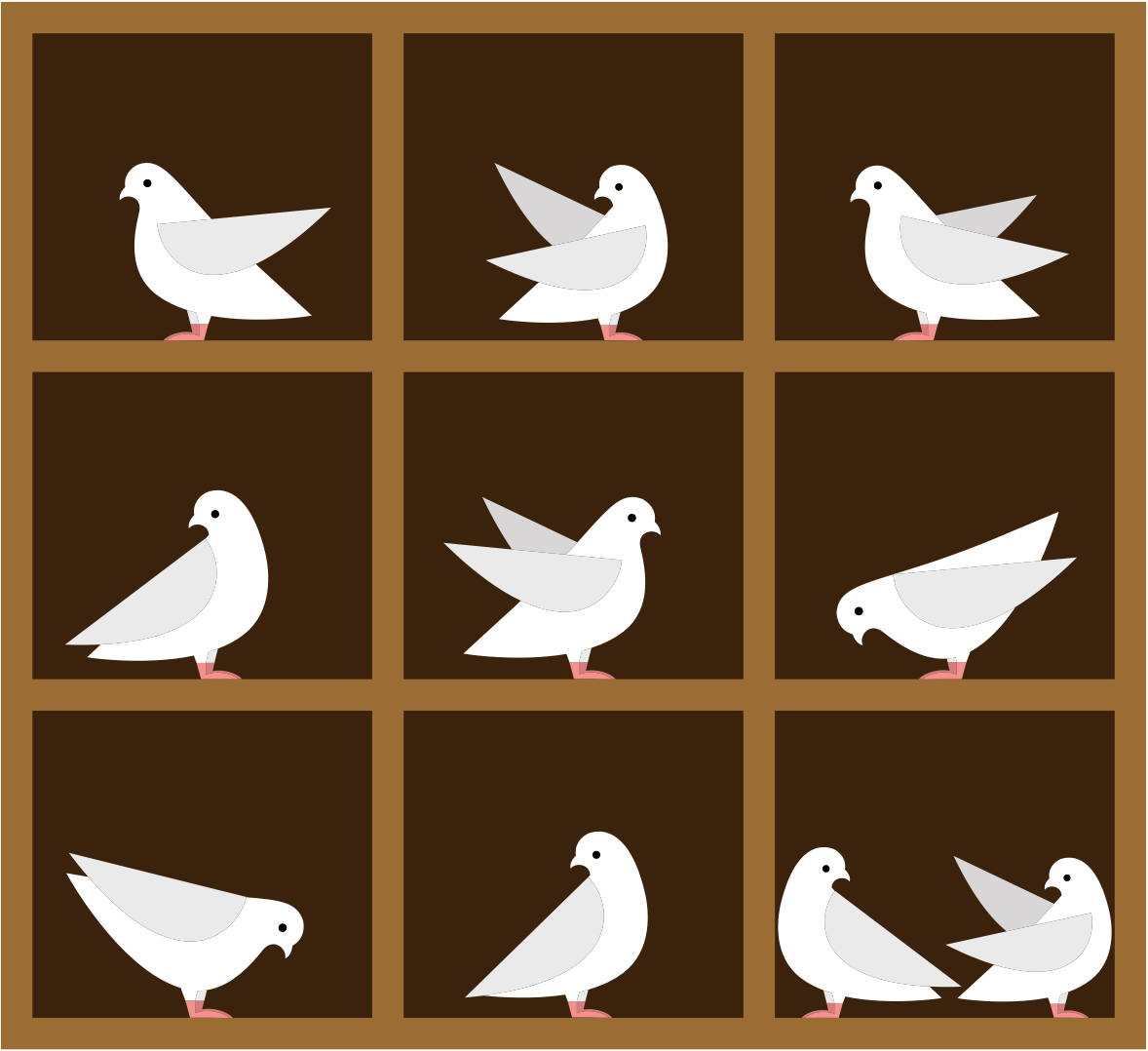What is a pigeonhole?
Usually, we put people in pigeonholes, whether we know what that means or not. We hear the word pigeonhole in movies, in psychology, on the TV; we can grasp the meaning of it: it is a small corner, category, something that makes for little things to hide inside. It is also belittling some things that we don’t understand. But still, when you think about it…pigeons usually live in trees, in the park and not in a hole in the ground. Where does this “pigeonhole thing” come from and what is a pigeonhole actually?

What is a pigeonhole?
A pigeonhole is a small open compartment used for storing little stuff, like documents, a category which “usually fails to reflect complexities” and a hole or small corner where pigeons nest. These are definitions from the Merriam-Webster dictionary of English. A pigeonhole is also a mathematical principle, a sorting algorithm, a slang of some sorts…
Well, a pigeonhole is a lot of things and this is where the confusion comes from. You think you know what a pigeonhole is, but actually you don’t.
Apparently, at first, a pigeonhole was a small corner where a domestic pigeon would roost or nest in. It was usually placed in a pigeon coop and things were so simple; people knew what a pigeonhole was. Afterward, some decades later, the term pigeonhole started to be used when talking of small compartments where you could store the little things. For example, desks or bookshelves had “pigeonholes”. There you would find all sorts of mail, papers, writing tools, little books and so on.
When did the term Pigeonhole come into use?
The metaphor of putting someone in a pigeonhole came about in the 19th century. The 19th century came with a third meaning, a more psychological one. Today, when we say “you put someone in a pigeonhole”, we mean “you decide someone belongs to a particular category without knowing that for sure”. It makes sense…more or less. Since originally a pigeonhole was a very narrow place where you would put different little things, it seems logical that it can be used metaphorically as a mental category where we put people according to our own quick judgment and usually this category is a little and unimportant one.
The mathematical principle of a pigeonhole.
A pigeonhole is also a mathematical principle which starts from the same original meaning of a pigeonhole: a small container, recess. The principle is quite simple, if you have more objects and fewer pigeonholes, then one pigeonhole must have more than one pigeon in it. It seems obvious, right?
Nevertheless, this principle can be used to demonstrate some really unexpected things. For example, if you knew that there are more people in London than the maximum number of hairs that can be present on a human’s head, then at least two people in London have the same number of hairs on their heads, according to the pigeonhole principle. Just think about that!
The principle has been formalized in 1834 by the German mathematician Peter Gustav Lejeune Dirichlet and it is also known as the “drawer principle”.
All these being said, we hope you won’t place the word pigeonhole in a pigeonhole. See what we’ve done there?
